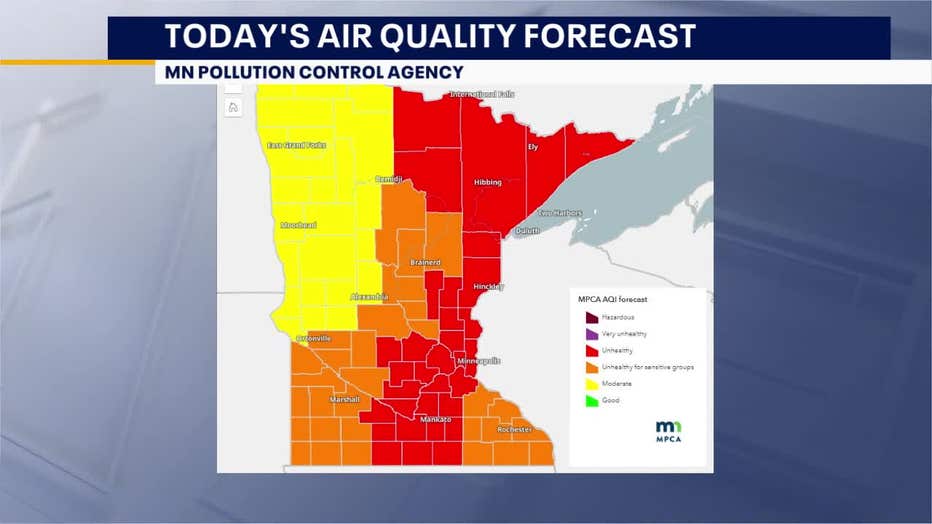
When I visited Doc Theo regarding horrible asthma symptoms, once we arrived in Marloth Park. Within about three days after our arrival, I started sneezing with a runny nose, itchy eyes, and worst of all, difficulty breathing due to my lifetime issues with asthma.
Years ago, in my 30s, I had weekly asthma immunization injections, weekly for seven years, which put an end to all of the above symptoms at long last, even if I was exposed to allergens. But now, 40 years later, those effects have worn off, and it’s impossible with our lifestyle to go through that process again.
My symptoms in Marloth Park were so bad at first that Theo put me on Prednisone for a few weeks, which eliminated all the symptoms. But, as many know, long-term corticosteroid drugs have many side effects and are only used for short periods. But that was our last resort if nothing else worked.
Then Theo prescribed a drug, Montair, which I’d never taken, with its own litany of side effects. I started taking the medication. After about five days, it began to work, although I have mild breakthrough asthma symptoms most days that can be controlled with inhalers. Overall, it’s under control.
Since I haven’t had severe allergy problems in other countries, including when in the US. After discussing this with Theo, I asked him if I could “test” how I do while we spend three weeks in Minnesota, to see how I do without the medication. This way, I’d only need to get a small amount of the meds to take with us when we leave Marloth Park in September.
Theo suggested I stop taking the drug once we arrived in Minnesota to see how I do, which is precisely what I did. (However, I brought along enough to last while here, if I had trouble). Within 24 hours after our arrival, I couldn’t breathe…the asthma was back, as bad as ever.
I lived in Minnesota for over 40 years. Although allergy season was challenging some years, I never had to take any asthma medication after completing the seven-year round of immunization therapy.
Then, the reason why I was struggling, even after restarting Montair, became clear as a bell. The smoke and ash from the Canadian wildfires were causing me and many others to have trouble breathing. Here is the story about the wildfires impacting the US:
“Air quality for Minnesota is near record unhealthy levels due to wildfire smoke
MINNEAPOLIS (FOX 9) – It smells like a bonfire outside on Tuesday due to another day of poor air quality caused by smoke from the wildfires in Canada.
Long-time Twin Cities meteorologist Paul Douglas posted to social media that Tuesday’s Air Quality Index was comparable to a record set in July 2021, which had a one-hour level of 260. Tuesday morning’s AQI in the metro was 264.
Matt Taraldsen, a meteorologist with the Minnesota Pollution Control Agency, joined Amy Hockert on FOX 9’s All Day streaming show to explain what it means. Much of Minnesota is in the orange or red level, which is considered unhealthy. Taraldsen explains it means that people should limit their time outdoors and under exertion.
Those levels affect people with asthma, COPD, children, the elderly, and anyone who spends an extended period outside. It also applies to pets.
Poor air quality on Tuesday due to wildfire smoke
Local perspective:
A batch of heavy surface Canadian wildfire smoke is pushing through Minnesota Tuesday into Wednesday, prompting the Minnesota Pollution Control Agency to issue an air quality alert through noon Wednesday.
The wildfires in Canada have produced large amounts of smoke, which has pushed into Minnesota behind a cold front, the MPCA says. Concentrations of surface-based smoke are high enough for people to see and smell the smoke.
“The smell test is pretty good. If you can go outside and immediately see or smell smoke, that’s a pretty good indication that you’re likely in that red,” Taraldsen said.
FOX 9 meteorologist Cody Matz says the wildfire smoke from Canada is creating some of the poorest air quality for the Twin Cities metro in the past couple of decades. The Twin Cities is under a “very unhealthy” air quality category on Tuesday morning, which the metro has only seen a couple of times.
Tuesday’s overall air quality forecast lists the Twin Cities and much of south-central and northeastern Minnesota as having “unhealthy” air quality, while the southern and portions of central Minnesota have “unhealthy for sensitive groups” air quality. Northwestern Minnesota’s air quality is listed as “moderate” in Tuesday’s forecast.

As of Tuesday morning, the MPCA says the cold front has entered southeastern Minnesota, bringing smoke with it. The MPCA says thunderstorms have developed in the vicinity of the cold front, which have the potential to help clean the air. That being said, it is not expected to eliminate poor air quality.
While the rain moves out on Tuesday, the clouds and smoky skies persist. Wildfire smoke from Canada will be noticeable at ground level in the Twin Cities metro area, with an air quality alert in effect through Wednesday morning. The smoke is expected to shift eastward gradually in the evening and overnight hours.
The MPCA says poor air quality may linger from Tuesday into Wednesday across areas in and around Lake Superior. Closer to the metro, smoke should clear out between 7 and 10 p.m. Taraldsen says the wildfires in Canada will likely be an ongoing issue most of the summer.
“It’s safe to say that these fires are going to be around for the summer. While we have been experiencing rain here in Minnesota, central Canada has not been receiving rain. As long as those wildfires are burning, there is risk,” Taraldsen said.
Photo from ten years ago today, June 4, 2015:

